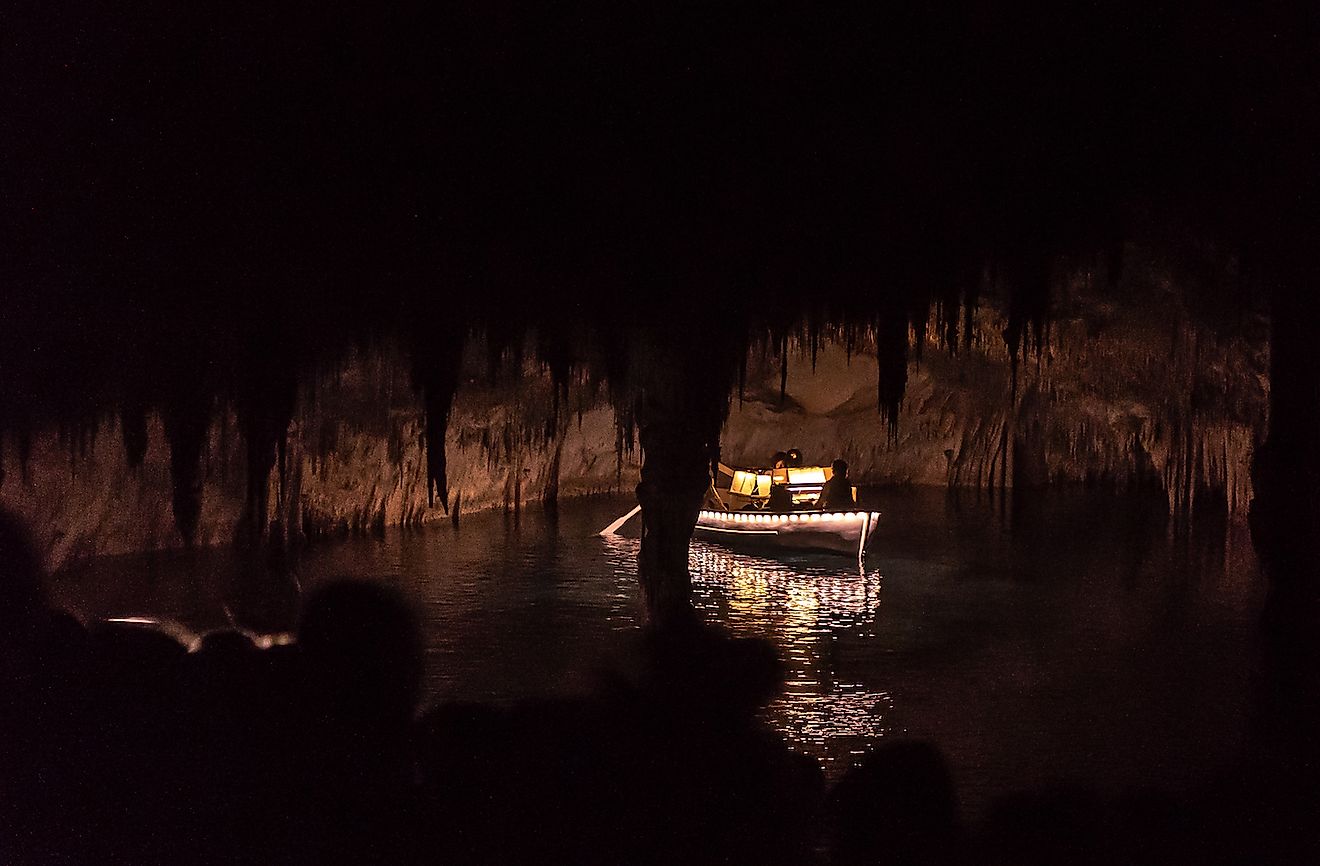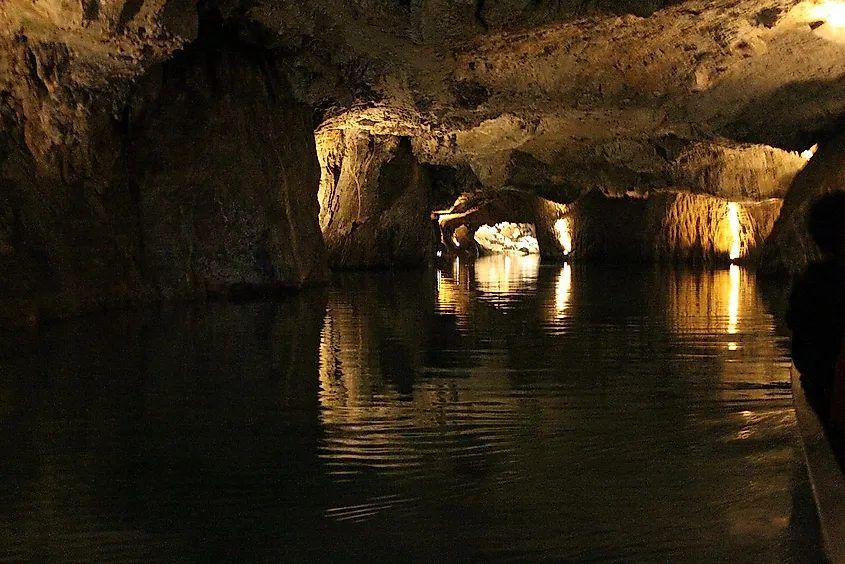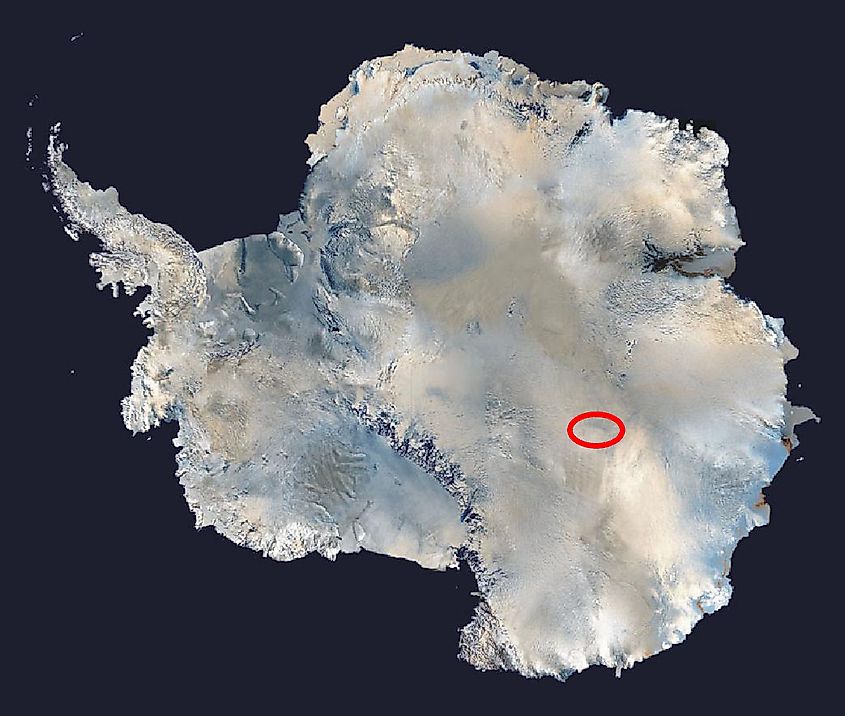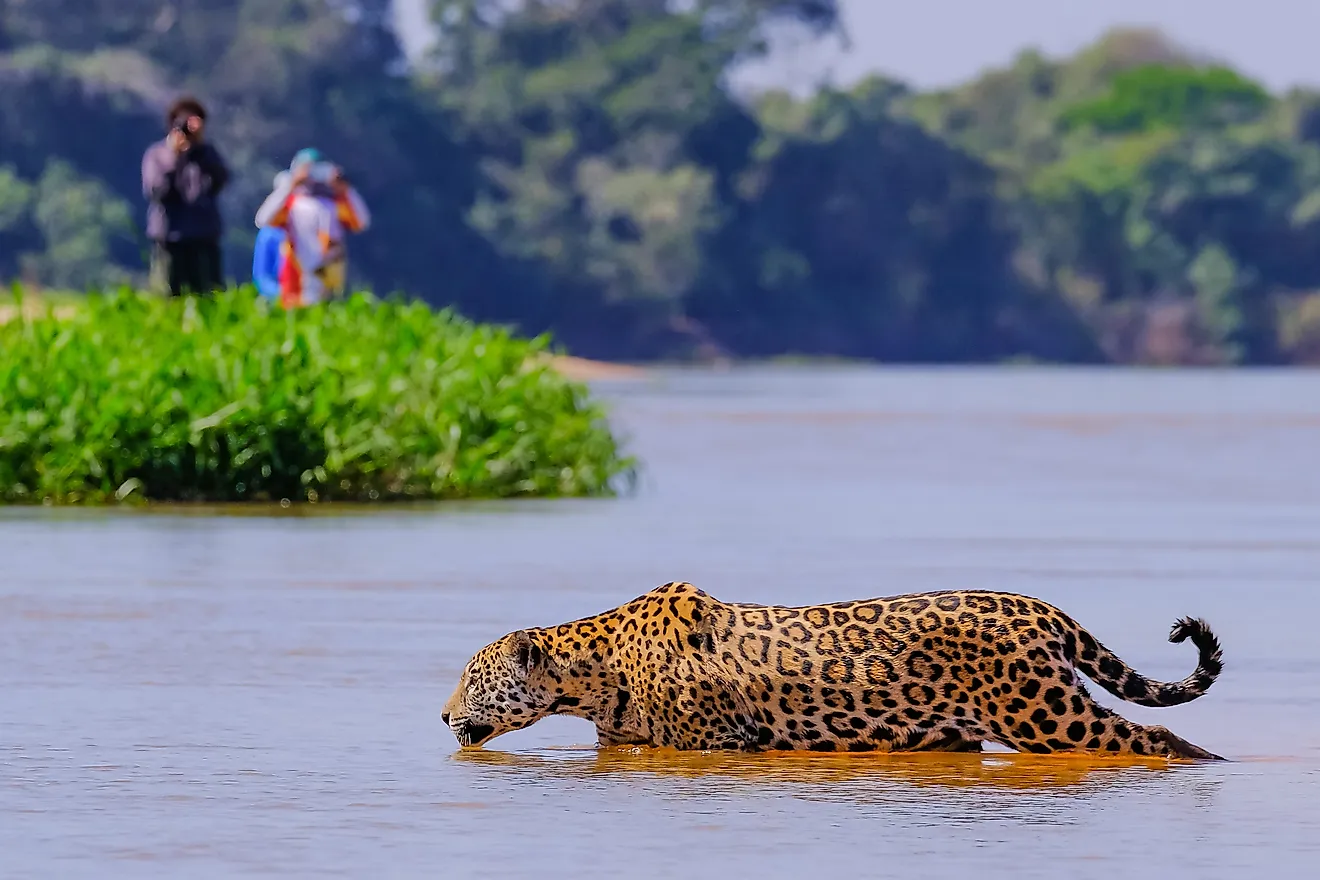Where Is The World's Largest Underground Lake?

- The Dragon's Breath cave is the largest non subglacial lake in the world. It was discovered in 1986 by the South African Speleological Association.
- Vostok Lake of Antarctica is the largest subglacial lake in the world.
- Son Doong is the largest cave in the world, and also contains a number of large underground lakes.
The largest non sub-glacial lake can be found in the Dragon’s Breath Cave in the country of Namibia. It has an area of approximately 2 hectares and can be found 330 ft underground. Craighead Caverns, located in Tennessee, holds the title of being the second largest underground lake. Both of these lakes are categorized as ‘non sub-glacial’ as they exist under ground, rather than beneath a glacier. Of the sub glacial lakes, Lake Vostok, in Antarctica, is the largest known.
The Dragon’s Breath Cave
The largest of the non subglacial lakes was discovered in 1986 by the South African Speleological Association. Though its size, and much of the surrounding area have been well documented, the depth of the cave itself is yet to be fully measured. Divers have recorded swims of up to 430 feet, but to date have not reached the lake’s floor. The cave was given its mystical name due to the warm and humid air which rises through the cave mouth from the lake’s surface. Because of its protected location, there is little change to the lake itself. It remains at a stable temperature, with calm conditions, and the lack of sunlight means there is no usual vegetation. There have been reports, however, of rare fish and creatures that thrive in zero-sunlight conditions, furthering the cave’s mythical appeal.
Craighead Caverns

Craighead Caverns, also often referred to as the ‘lost sea’ is located in Monroe County, Tennessee, in the United States of America. The area holds both names, as it is actually a cave system, which includes ‘the lost sea’, its largest lake. This lake measures 800 ft by 220 ft. The caves are home to a variety of geological wonders, from massive stalactites and stalagmites, to clear watered lakes, rainbow trout, and cave flowers. The caves have become an extremely popular tourist attraction, and tours and boat trips are frequent. The area also holds historical relevance as it was used by Cherokee tribes, and recordings have been found to link the area to settlers and civil war members from the 1800s.
St. Leonard Lake, Europe's Largest Underground Lake

The underground lake of Saint Léonard.
St. Leonard Lake is known as the largest underground lake in Europe. It is thought that famed speleologist Jean-Jacques Pittard was the first to find and begin scientific exploration of the area. Settled between Sion and Sierre of Switzerland, it measures roughly 980 ft by 65 ft. Like the lost sea, this lake has become a popular tourist attraction, inciting tours and boat trips through and around the caves. Hang Sơn Đoòng: While not the largest lake, this underground lake is, however, found in the worlds largest cave. Located in Quang Binh province, Vietnam, the lake was only recently discovered in 1990 by a local man. It was not until 2009 that it was more actively explored by trained professionals and scientists. Compared to other caves, Son Doong is considerably larger in size and depth. It is over 650 metres high, 575 ft wide, and nearly 6 miles long. More recent discoveries have found the cave actually links to an adjacent cave via tunnel, increasing the overall size by nearly 1.6 million cu metres.
Lake Vostok, Largest Subglacial Lake

While there are a number of very large non subglacial lakes on the planet, the largest lakes are actually subglacial, meaning they exist underneath the ice of glaciers. Lake Vostok, like most subglacial lakes, can be found in Antarctica. It is in the Eastern part of the continent, near the South Pole, and was first discovered in the 1960s. Lake Vostok is one of the largest lakes on earth, either above or under ground, and is greater in size than Lake Ontario, in Canada. It sits 2 miles below the surface of the ice, and measures 143 miles by 31 miles. Like underground lakes, the subglacial nature of Lake Vostok means there is very limited life within its waters, due primarily to the lack of sunlight. This is furthered by the harsh temperatures of the waters. Research has suggested some signs of microbic life, however, which thrive in these unique conditions. Scientists continue to study this extreme environment to learn more about it, and other subglacial lakes.
Whether they are underground or under ice, the majesty and mystery of these massive underground lakes are undeniable. From deep and dark pools to frozen waters, there is much yet to be explored and discovered about these unique environments and ecosystems.











